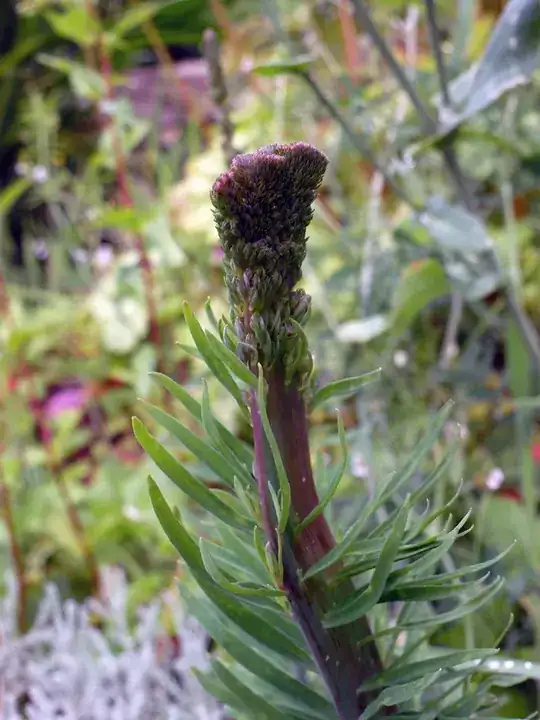[ Location: UK - fully organic wildflower garden ]
The mutation shown in the photographs happened this year to one of my Toadflax. I thought at first that it may have been the result of the plant growing around a rock, but then the same happened to several others.
The plant stalks are supposed to be thin and rounded, - the strap-like stalk on this plant is around 10x the usual width but with the usual thickness.
As can be seen in the photographs, it does not prevent the plant from growing or flowering, and there is no die-back, rot, mould, or signs of insect infestation; so I am thinking that it could be a mutation. Does anyone here have any ideas or input on this?
Fasciation then, or dare I say fascinating? - Thanks for both answers, - this is what I love about gardening: no end of chaos, weirdness, beauty ...and many strange critters (gardener excluded).
